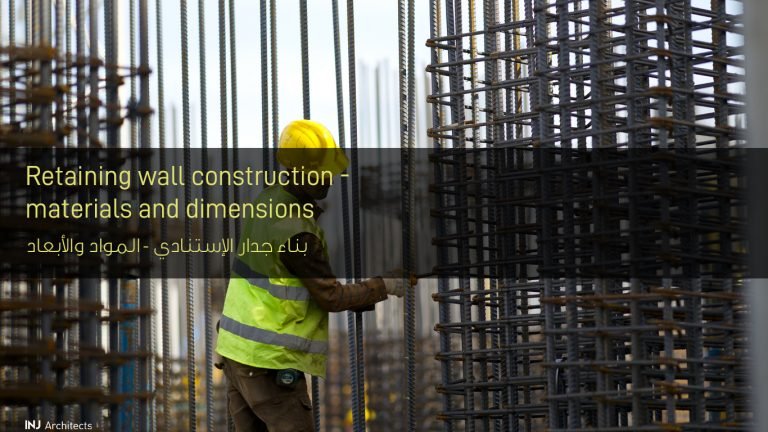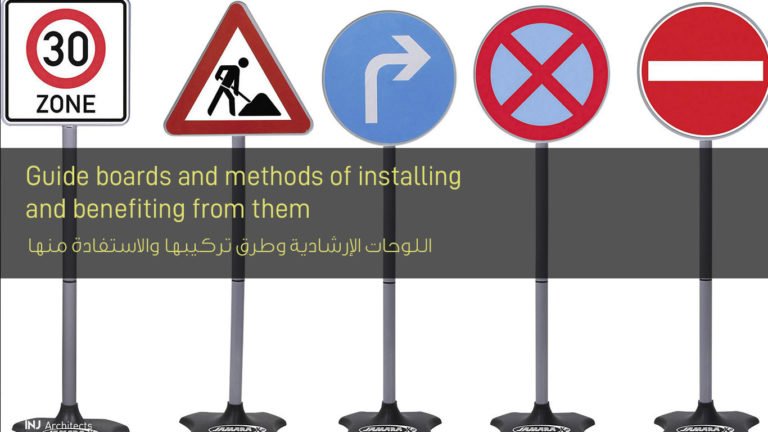Democratic design and its five elements
Democratic design and its five elements
The term democratic design has emerged according to the founder of the largest IKEA furniture company in the world, David Wahl, describing it as the superpower to create good, practical, easy-to-install, low-cost design.
And David Wahl at the beginning of the IKEA company eliminated the darkness by designing a lamp hanging in a fixed way and was more like a planet with a tug of war to add lighting like the day. In a democratic design so that the product must contain the form, function, sustainability, quality, and price, and through these conditions, the buyer guarantees that there is something valuable, cheap and of high quality.

What is democratic design
Democratic design is a process that does not see the buyer but it is about the consumer in all its tools in order to find a good product and democratic design that includes all the basic elements of a good training that attracts the buyer’s eye as it consists of five elements, namely: form, function, sustainability, quality and price and with the union of all these elements are obtained On a sound product.
How to use democratic design and use it correctly
David told us that when he wanted to make this pendant lamp, he faced some problems in using resources and materials and he expected that when it was formed it would be very expensive that not all groups of people can buy it, but using the democratic design I can give up some configurations of the lamp and add cheap configurations with the possibility of packaging and closing The product is in a good way to attract the attention of the viewers to buy, thus solving the problem of excessive price and becoming a small amount.
Marcus says that democratic design is designed to make the resources given to facilitate the life of the manufacturer and the consumer. The factory, when using resources in an easy way and comparing materials with materials on the condition that they are of the same quality and less, the price and the product have durability and not losing their luster over time, it makes it easier for the consumer to buy because of the product he wants at the price Who wants it.
Did democratic design achieve the desired?
Yes, he managed this by using the good of the five elements. The factory was able to complete the manufacturing process well.
But if the factory loses one of these elements, it has entered the wrong area, and its product may not be sold, such as replacing a good material with a bad material in order to give the product a little price and add profit to it or not to packaging well for the product, then it loses its luster within a short period of time so consumers are not attracted to its product so we must Follow all five elements if we are to make a good product and guarantee to sell it.
Different thinking added by democratic design
Marcus explained in several things that thinking outside the box is a good thing. For example, other merchants are seeking higher profit with low product quality, but IKEA is keen to get a product that has all the required specifications of quality and high quality by giving an appropriate price to everyone and as he made it clear that he wants to get On permanent and continuous work is better than intermittent and sustainability is better than profit because the quality of the product and its raw material, the future gives more profit and that competitors do not see what they do but look at what they do and strive to develop and improve the product to benefit later.
Therefore, the elements of democratic design are the easy-to-abstain of the factory. If a part is used and some are neglected, the product fails and if it completes all the elements, it builds the first step in the life of its producer and its future.
Read also: The relationship between easy and simple design and between Apple and Braun
Any questions? Follow us on Twitter








